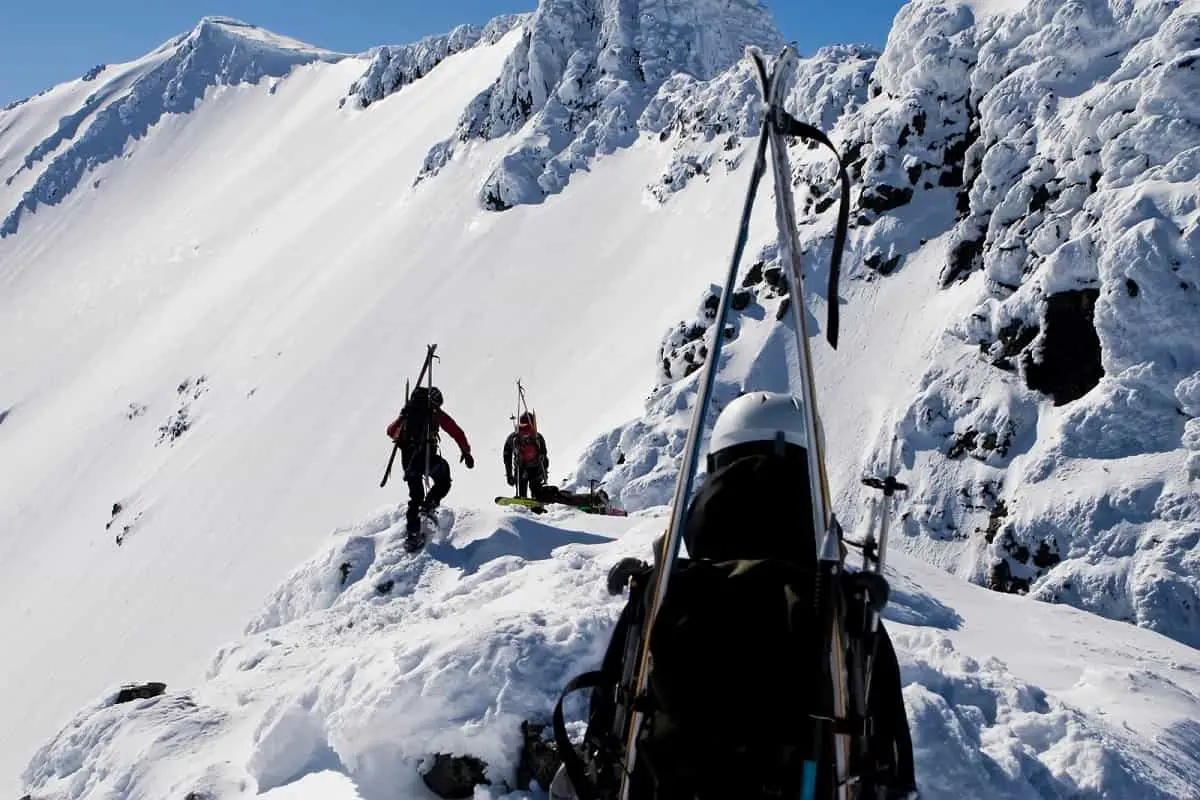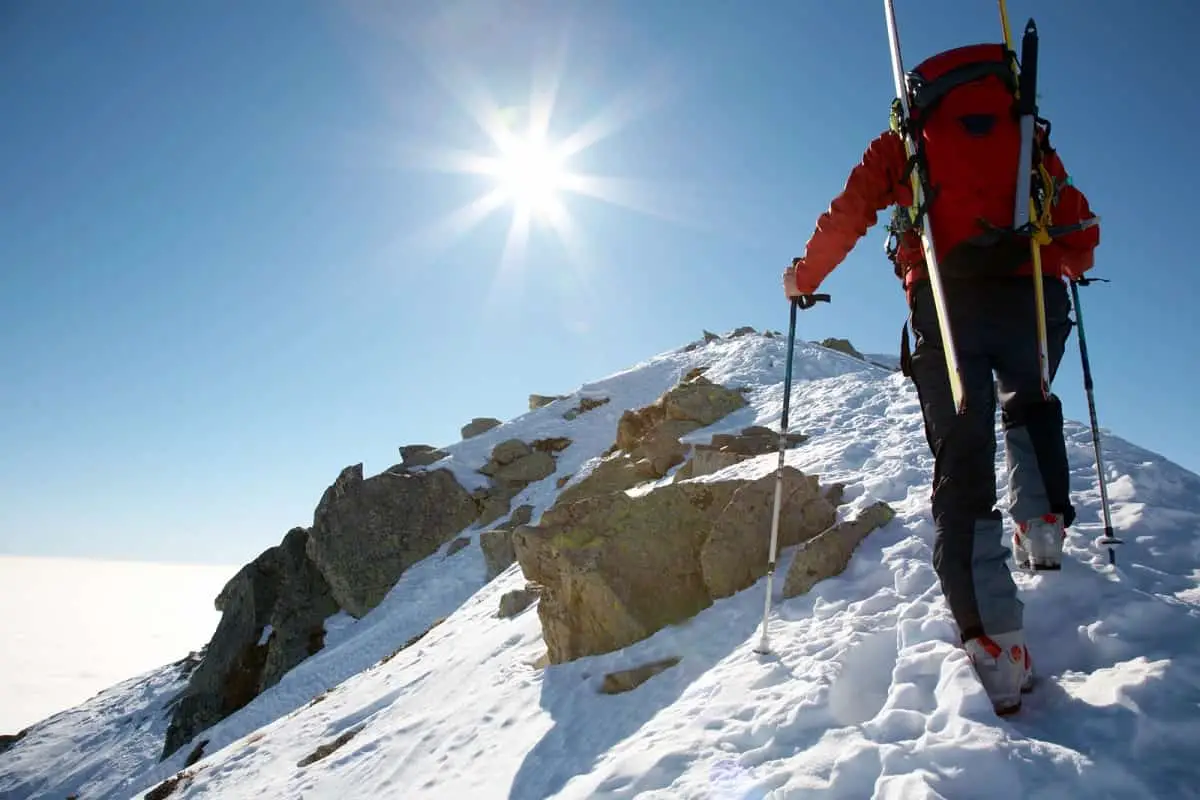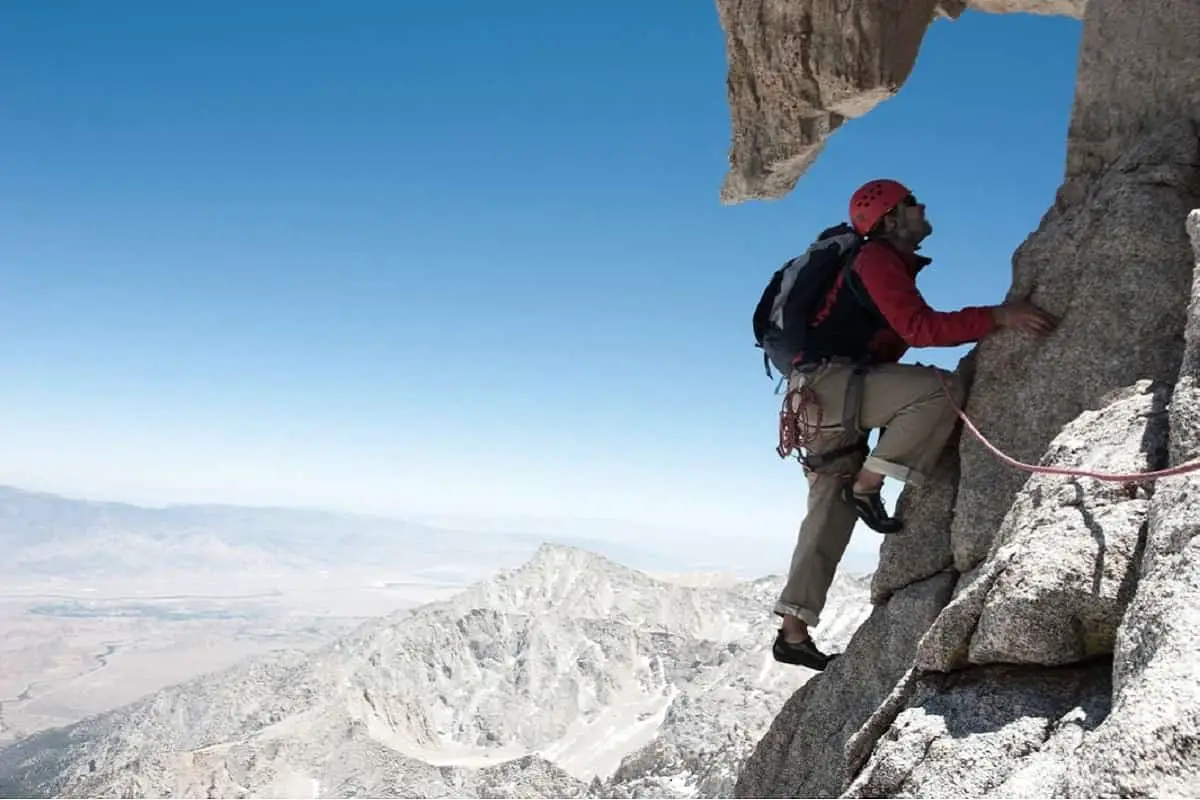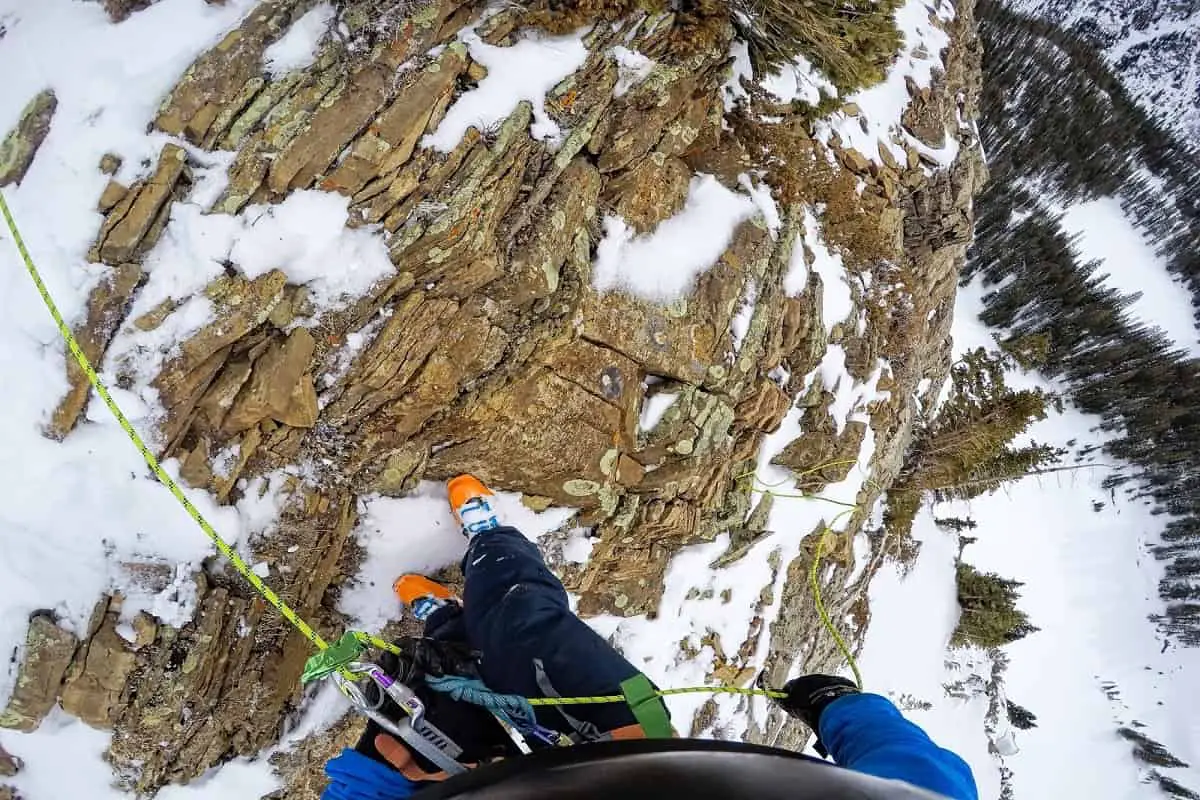Can You Use A Climbing Helmet For Skiing?
For some people, it could be difficult to imagine a link between snow skiing and mountain climbing, yet numerous adventurers manage to combine these two activities into one great and challengingly enjoyable pastime.
One question that keeps popping up again and again over the years has been ‘can you use a climbing helmet for skiing?’ And, if you’re going to be partaking in both activities it’s a fair question to ask.
Regardless of whether you’re into skiing or climbing, safety is incredibly important. An accident in either sport could result in not only an abrupt end to your adventure but quite possibly broken bones, concussions, or in extreme cases, loss of life.
Let’s see if we can go some way toward answering that question in this article.
KEY TAKEAWAYS
* Ski helmets are not designed or certified for climbing.
* Climbing helmets are not designed or certified for skiing.
* Ski Mountaineering helmets have been designed for both climbing and skiing, and are certified for both activities.
* Ski Mountaineering helmets are available from most major climbing helmet brands.

Disclosure: As an Avantlink and Amazon Associate, we earn from qualifying purchases. Disclosure Statement.
Page Content
Can You Use A Climbing Helmet For Skiing?
Wearing the proper safety gear will go some way to mitigating serious injury in the event of an accident. Wearing a helmet that is properly certified for your choice of activity is one piece of equipment that is readily available as well as a cheap form of insurance against head injuries.
Nowadays, most mountaineers and ever-increasing numbers of skiers take safety standards seriously. Both ski helmets and climbing helmets are designed to save your life in the activity for which they are certified.
The problem is that the way they do this is rather different. A climbing helmet is designed to protect against different types of impacts than a snow helmet.
When planning on enjoying both activities on one trip, you obviously want to stay safe but carrying two different helmets would be more than an inconvenience.
The bad news is that a ski helmet is not designed for mountain climbing, so, “No, you cannot wear a ski helmet for climbing”! And your climbing helmet is not designed or certified for the hazards of skiing or snowboarding.
But wait! There’s good news. There is what is referred to as a dual-certified helmet just for adventurous people like yourself. One helmet which is certified for both skiing and mountaineering, known as a Ski Mountaineering Helmet.

Features Of A Ski Helmet
Ski helmets are designed for warmth and protection. At the same time, they must be able to breathe to prevent overheating. They have vents that can be opened to provide airflow when it’s hot and closed to retain heat during blizzards
Ear pads may be simple fabric, providing only warmth, or built into the hard shell to also provide protection and a cavity for speakers. Most snow helmets also have goggle mounts at the rear of the helmets, and some even have built-in camera mounts.
SUGGESTED: Ski Helmets With Bluetooth Communications

Ski Helmet Certification
Quality ski helmets will meet the ASTM F2040 certification, or the European CE EN1077, with many modern ski helmets being certified to both standards.
These certifications require the helmets to pass certain impact tests and roll-off tests. Other requirements include penetration resistance, an unrestricted field of vision, and other safety concerns.
Certified helmets will have a label on the inside showing to what standard they have been certified. If they do not have a label, it would be best to look for another helmet that does have proof of certification.
Features Of A Climbing Helmet
Climbing helmets are designed for their own specific purpose – in this case, mountain climbing. These helmets are designed to protect from falling ice and rocks. While ski helmets provide more protection at the sides and back of the helmet, climbing helmets need to provide protection at the top and sides of the helmet.
Climbing helmets also have less warm padding and are lighter than ski helmets. Actually, when you think about it, wearing a ski helmet for climbing would be really dumb. They would be way too hot in many situations, plus a terrible strain on your neck while climbing. Forget it, Jake!

Climbing Helmet Certification
Quality climbing helmets need to meet the UIAA standard (International Climbing and Mountaineering Federation ), or the European CE EN 12492 standard (Helmets for mountaineers), or both.
The certification requirements cover impacts, penetration, and field of vision similar to the ones for ski helmets. However, climbing helmet certification is more concerned about impacts from above. A certification label can be found on the inside of the helmet.
This content was originally published on headsdontbounce.com. If it appears on another website, it is a violation of the copyright owned by headsdontbounce.com.
Climbing Helmet Vs Ski Helmet
The main difference between climbing helmets and ski helmets is the type of impact they are designed for. Climbing helmets are designed to protect from rock falls from above. More often than not these will be in the form of small stones and gravel, but not always so small.
Ski helmets provide protection at the front, back and sides as most minor falls will be from falling over backwards or headfirst into a tree.
Ski helmets are usually only good for one major impact, while climbing helmets will hold up well to a constant bombardment of small stones. Both helmets should be inspected for damage regularly especially after a major impact.
Ski Mountaineering Helmets
As mentioned above, we now have a helmet that caters to the needs of the more adventurous skier climbers, called the Ski Mountaineering Helmet. This is a great innovation that has been welcomed by many who previously had concerns about which helmet to wear.
Many major ski and climbing helmet brands, like Black Diamond, Petzl and Salomon, to name just a few, have joined in to provide a dual certified helmet to cater to the needs of those who enjoy both climbing and skiing/snowboarding.
Smith Optics has recently joined the party with the triple certified Smith Summit MIPS mountaineering helmet which retails for around 230USD.
Ski Mountaineering helmets have a slight variation to the certification detailed above. The ski part of the certification needed to be changed to allow for larger ventilation compared with regular ski helmets, so the ski certification for Ski Mountaineering helmets is PCSR-001 (Protocol for ski touring helmets) and the climbing certification is EN12492 and/or UIAA.
PCSR-001 allows for larger air vents, as well as impact protection for the front, back, and sides of the head.

The down-side is that you can’t have everything. Some may find that some of the ski mountaineering helmets are a little chilly around the ears as they are not as well padded as a regular ski helmet. And, as for the climbers, you may find that some of the helmets are a little heavier than what you’re used to.
As with many things in life, there are extremes, but there’s also a middle ground where you will find a ski mountaineering helmet that is ‘just right’ for your needs.
Summing Up
So while you probably could use a ski helmet for climbing or vice versa it would be better than nothing, though not ideal.
You will get more protection from a helmet that is certified for the activity or activities you intend to engage in. For climbing and skiing the ideal helmet would be a dual-certified Ski Mountaineering helmet.
If it is not dual certified you are putting yourself at risk of potential head injuries.
I hope we have answered the question of ‘can you use a climbing helmet for skiing’ to your satisfaction. If you enjoyed this article, take a look at the related reads below for some more interesting reads!
Related Reads:

